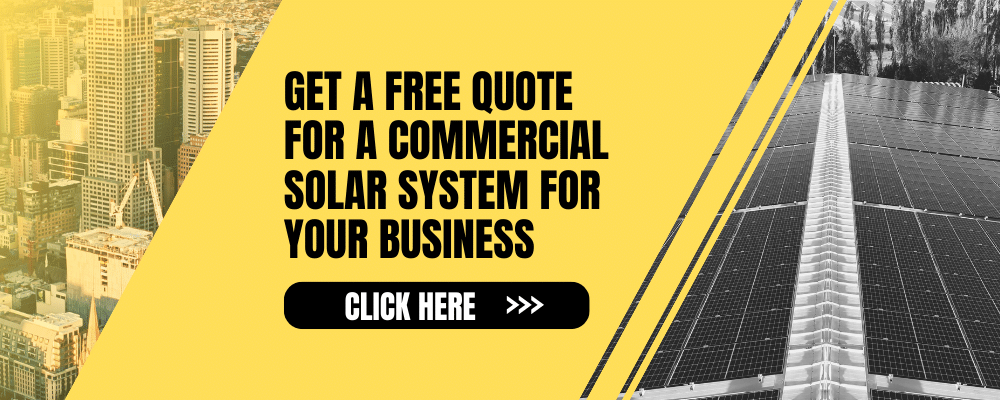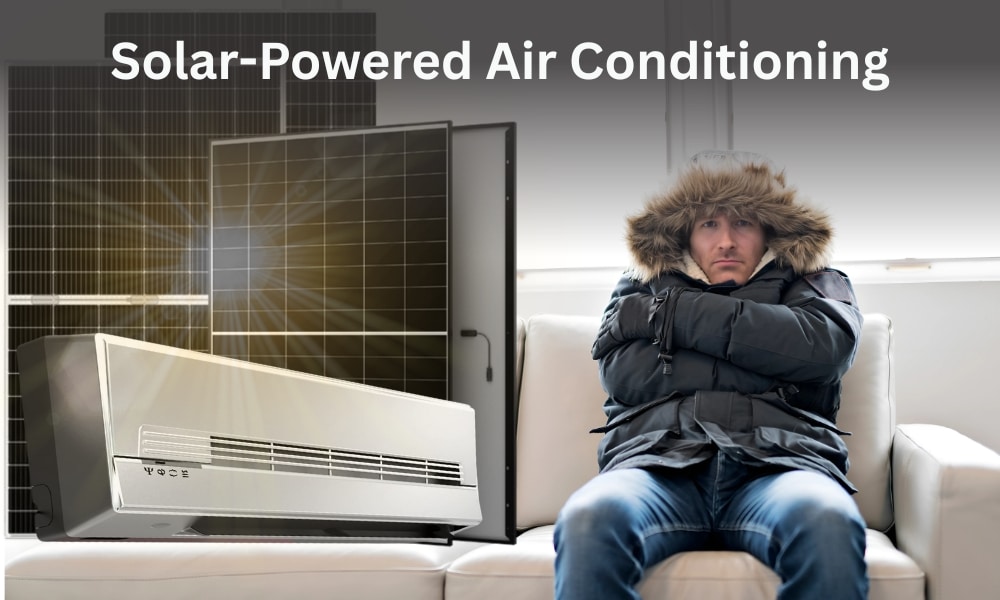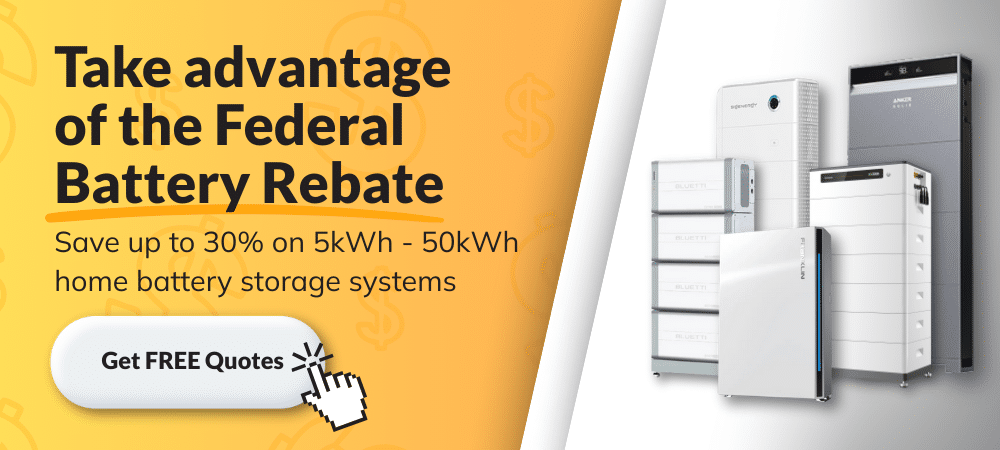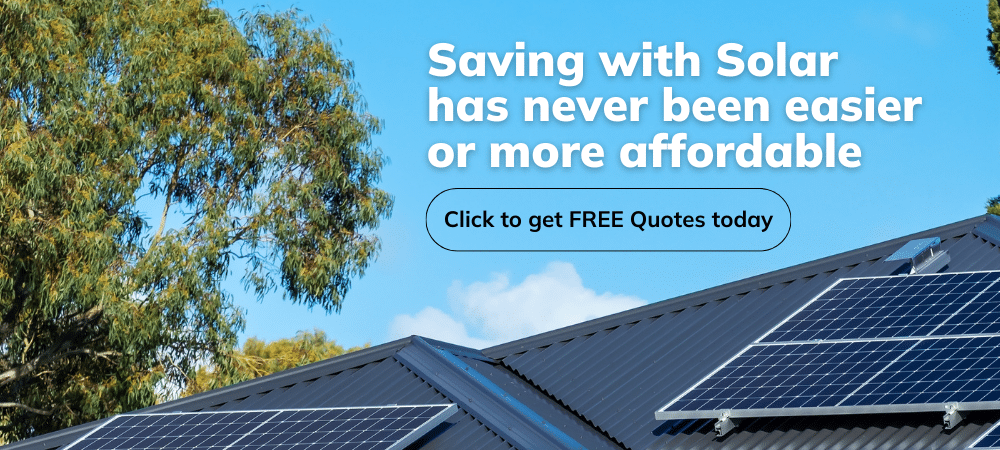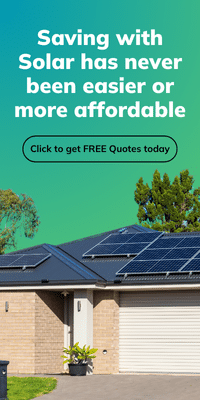As Australian summers grow hotter, staying cool is more important than ever. Solar-powered air conditioning offers a smart and energy-efficient cooling solution, allowing you to stay cool with clean, renewable energy. By integrating solar air conditioning into your home, you can reduce reliance on the grid, lower electricity costs, and shrink your carbon footprint—all while keeping your space comfortable year-round.
Why solar air conditioning is gaining popularity
Traditional air conditioning systems are among the biggest energy users in Australian homes, especially during peak summer months. This results in high electricity bills and increased strain on the power grid.
Solar air conditioning provides an alternative. By using solar panels to power air conditioning units, homeowners can enjoy:
- Lower energy costs
- Reduced grid dependence
- Sustainable, eco-friendly operation
It’s no surprise that solar cooling is becoming a top choice for energy-efficient cooling across the nation.
How does solar-powered air conditioning work?
Solar-powered air conditioning systems leverage photovoltaic (PV) solar panels to convert sunlight directly into electricity. This clean energy then powers the air conditioning unit. There are several approaches to solar air conditioning, each with its advantages.
- Direct solar AC: These units are specifically designed to run directly on DC power from solar panels. They are highly efficient as they minimise the energy loss associated with converting DC to AC.
- Grid-tied AC with solar: This is the most common and practical option for many Australian homeowners. A standard AC unit is connected to your home’s electrical system, which is also connected to a grid-tied solar power system. During the day, the air conditioner draws power directly from the solar panels, significantly reducing reliance on grid electricity. Excess solar energy can even be fed back into the grid, earning credits through feed-in tariffs.
- Hybrid solar AC: These systems offer the best of both worlds, capable of operating on both DC from solar panels and AC from the grid simultaneously. They can seamlessly switch between power sources, ensuring continuous cooling even when solar generation is low or at night, often without the need for batteries.
- Solar thermal cooling: While less common for residential use, solar thermal cooling utilises solar heat rather than electricity to drive a cooling cycle, often through absorption chillers. These systems are highly efficient and environmentally friendly, typically found in larger commercial or industrial settings.
Key benefits of solar cooling systems
1. Slash electricity bills
Utilising solar energy to power your air conditioner can significantly reduce your cooling expenses. During daylight hours, your system runs on free solar power, reducing or even eliminating your need for grid electricity.
2. Reduce environmental impact
Switching to solar air conditioning means:
- Less reliance on fossil fuels
- A greener, cleaner Australia
- Reduced carbon footprint: Fewer greenhouse gas emissions
Use Energy Matters’ carbon footprint calculator to calculate your household and business’s direct emissions.
3. Gain energy independence
Solar cooling helps protect you from rising energy prices and grid instability. You’ll enjoy greater control over your energy usage and costs.
4. Increase property value
Homes equipped with energy-efficient cooling and solar systems are more attractive to eco-conscious buyers and command higher resale values.
5. Peak load shifting
Solar-powered air conditioning can help shift energy demand away from peak grid hours, alleviating strain on the electricity infrastructure. This benefits not only individual homeowners but also the broader energy network.
6. Optimal daytime performance
Air conditioning demand typically peaks during the hottest parts of the day, which conveniently aligns with peak solar energy generation. This synchronicity maximises the effectiveness and savings of a solar air conditioning system.
Factors to consider
When selecting a solar cooling system, keep the following in mind:
- Home size and cooling needs
Larger homes may require higher-capacity systems or multiple units. - Solar system size
Ensure your solar PV array can handle the demand for air conditioning alongside other appliances. - System compatibility
Many modern split-system air conditioners pair well with solar PV installations. - Local climate
Solar performance varies by region—northern areas benefit most from abundant sunshine. - Solar battery options
Adding a solar battery storage system enables you to operate your air conditioning after dark using stored solar power.
Use Energy Matters’ easy-to-use solar power and battery storage calculator to determine the size of your solar system with storage! Our solar calculator will generate performance information and potential savings.
We can send this information to 3 of our pre-vetted and trusted local installers in your area to receive obligation-free solar quotes and take the first step towards true energy independence!

Frequently asked questions
Can I retrofit my existing air conditioner with solar?
Yes. Solar PV systems can power most standard split-system or ducted air conditioners with minimal adjustments.
Do I need solar batteries to operate a solar air conditioning system?
No, but adding solar batteries can extend cooling operation into the evening and provide backup during blackouts.
How much solar do I need to run my air conditioner?
- Small home (2-3 kW air conditioner): 3-5 kW solar system
- Medium home (4-5 kW air conditioner): 5-7 kW solar system
- Large home (multiple units): 7- 10+ kW solar system
The future of energy-efficient cooling in Australia
As technology advances, solar air conditioning is becoming more affordable, efficient, and accessible. Expect to see:
- More hybrid air conditioning units are designed for solar compatibility.
- Improved solar battery technologies to maximise solar use, such as GoodWe. Check our page for our recommended solar battery products.
- Widespread adoption in new residential developments.
- Ongoing government incentives support energy-efficient cooling.
Australia’s sunny climate is ideal for harnessing solar energy for cooling purposes. Now is the ideal time to invest in a cleaner, cooler future.
Ready to embrace solar cooling?
Solar-powered air conditioning offers unbeatable benefits: lower bills, cleaner energy, and a more sustainable lifestyle. Whether you’re upgrading energy-efficient appliances, adding a solar system, or an EV charger, Energy Matters can help you design the perfect solar solution.
Get in touch today for solar expert advice and free solar quotes—and start cooling your home with the power of the sun!










